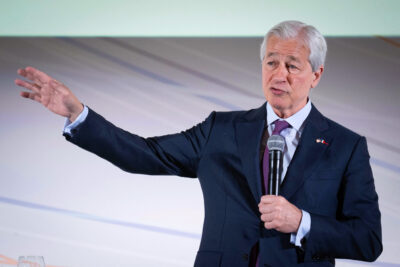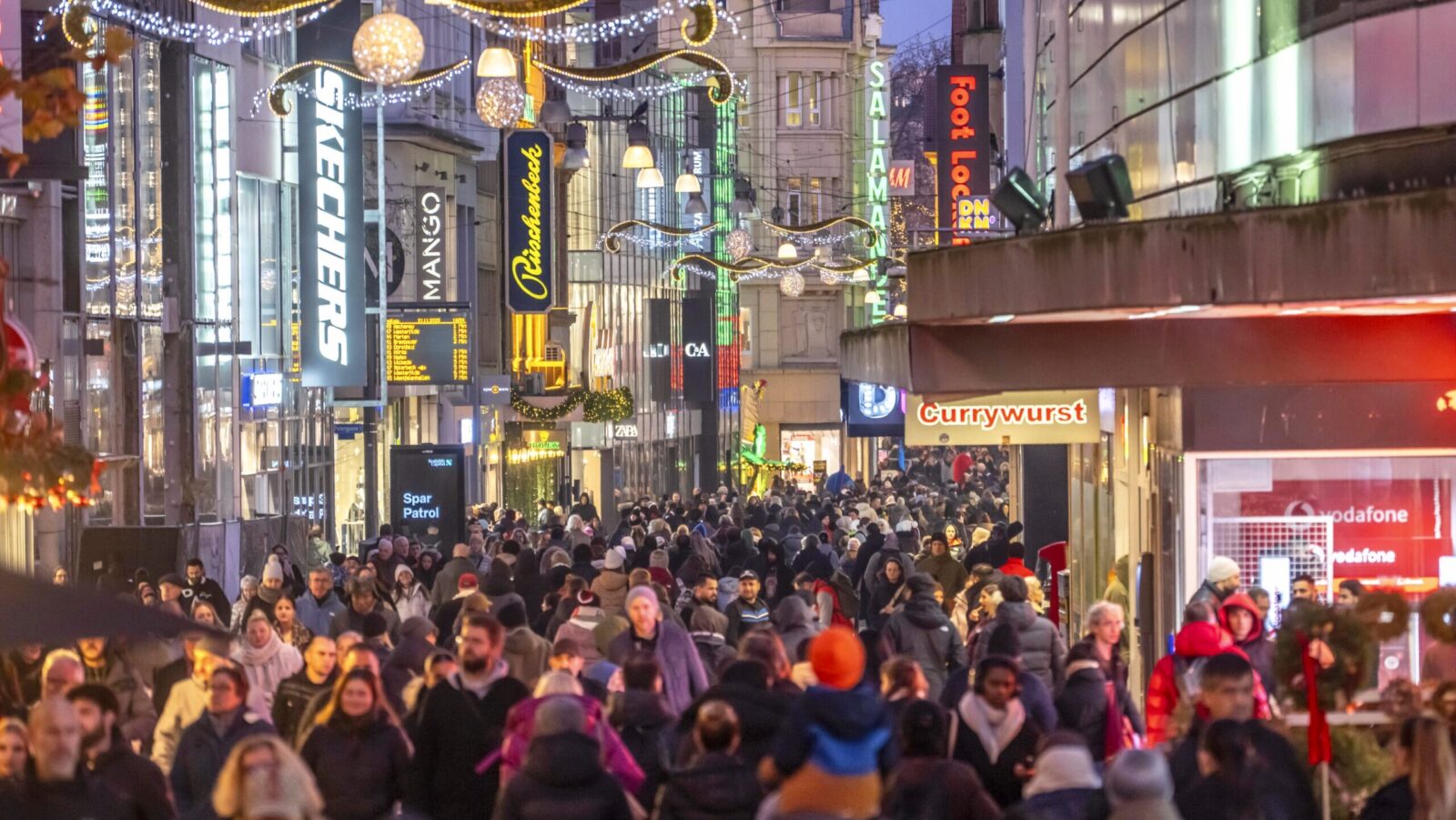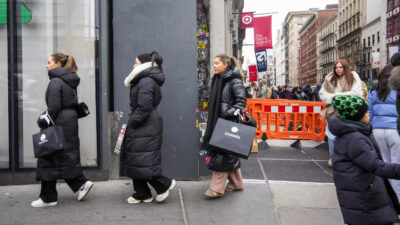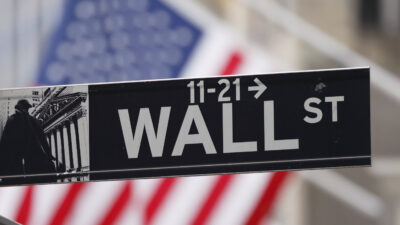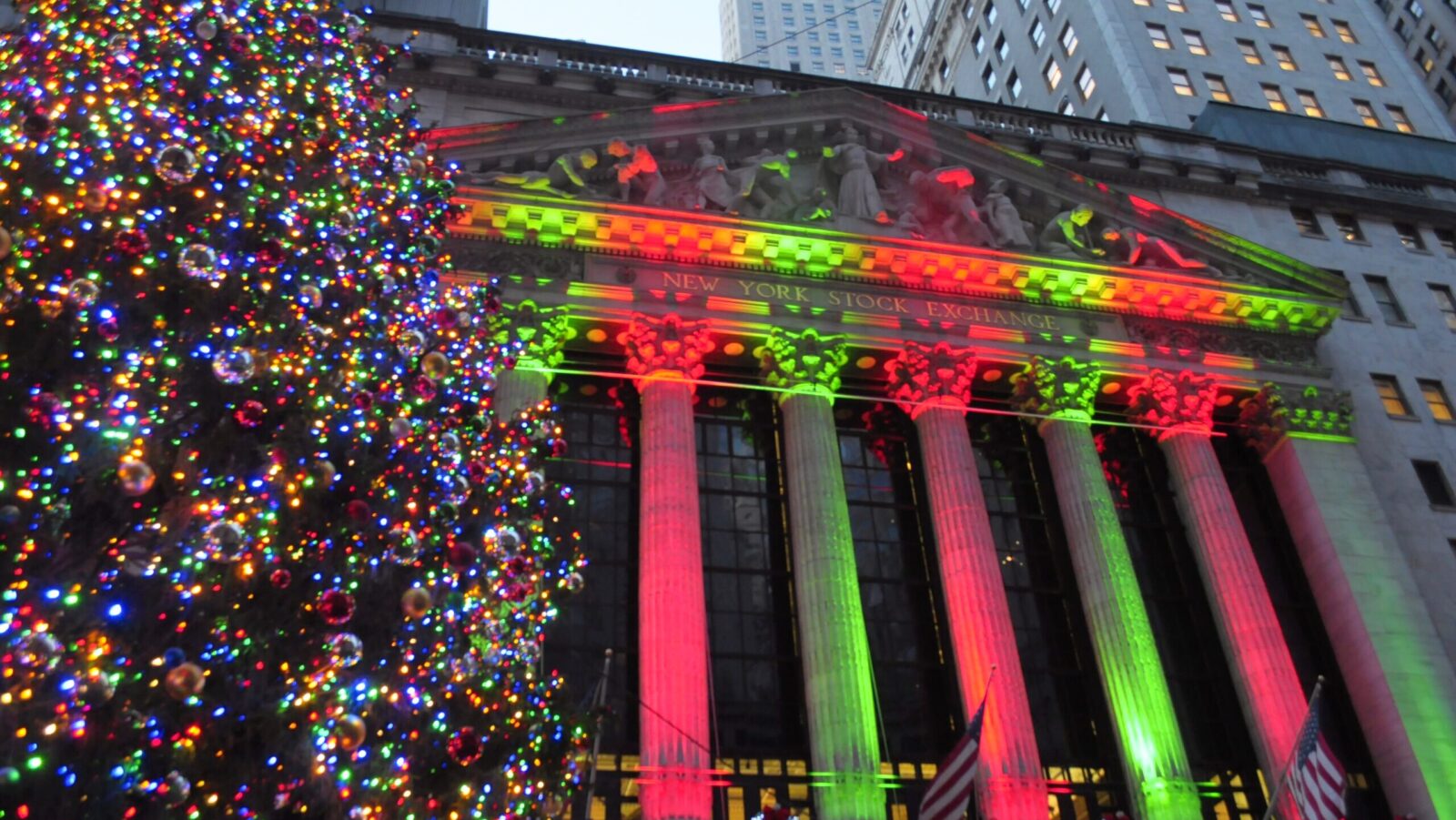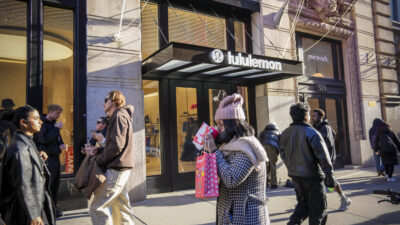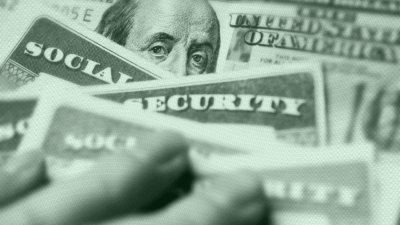Consumers Aren’t Yet Bearing the Brunt of Inflation, Goldman Warns
The laws of business gravity say that when costs go up, those costs will, eventually, trickle down to the consumer.
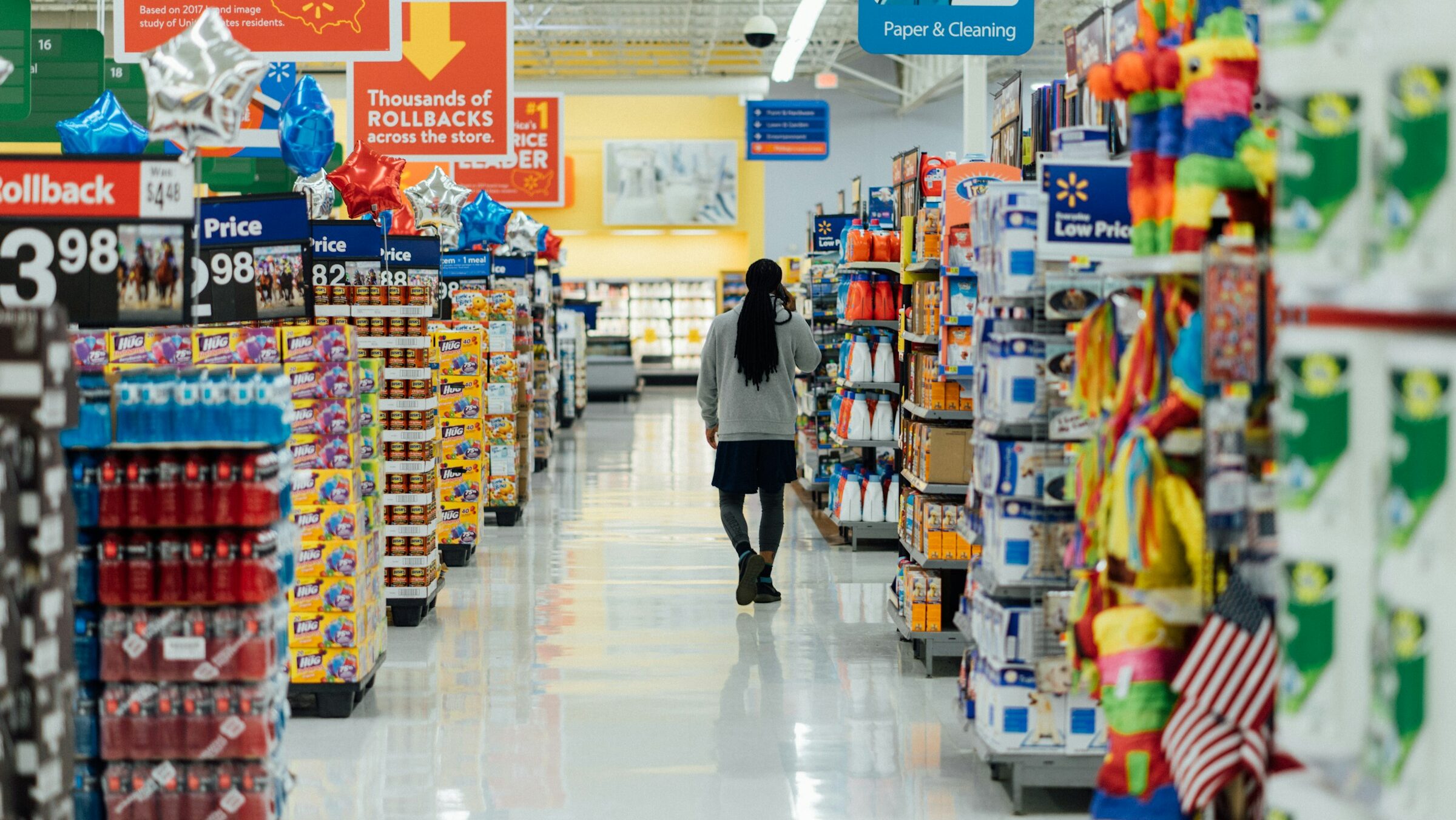
Sign up for smart news, insights, and analysis on the biggest financial stories of the day.
Goldman Sachs has a warning for inflation-weary US consumers: You ain’t seen nothing yet.
With the latest consumer price index report due today, Wall Street and the world writ large spent Monday wondering just how much tariffs have impacted consumer prices. According to a Goldman Sachs note to clients making the rounds of the finance world over the weekend, US shoppers have had just a little taste of tariff inflation to date — and should expect a much bigger helping in the days and weeks to come.
Sharing is Caring
While inflation has been relatively muted amid the trade war so far (a June CPI report showing a 2.7% year-over-year increase came as a relief), a rise in prices is still expected across the board today. Economists surveyed by The Wall Street Journal are penciling in a 2.8% hike, with so-called core CPI, which excludes volatile food and energy costs, climbing 3.1%. Even as the White House maintains its strategy is delivering more revenue to the government and will prompt more companies to make their products in the US, experts are noting a slow and steady gain in prices.
That tracks with what Goldman analysts have seen, so far at least, though the investment bank says the — let’s say digestible — pace of inflation now is due to corporations absorbing a significant amount of tariff pain. And the laws of business gravity say that when costs go up, those costs will, eventually, trickle down to the consumer:
- According to Goldman, consumers through June have absorbed 22% of new tariff costs, while US businesses have picked up 64% (presumably to avoid sticker shock), and foreign exporters have borne 14%. By the fall, consumers’ share could rise as high as 67% as businesses increasingly allow the costs to trickle down.
- That means inflation is likely to widen; by December, Goldman says that the core personal consumption expenditure index, the Fed’s favored inflation metric, could reach 3.2%, up from 2.8% in June. That seriously jeopardizes the Fed’s ability to curb inflation to a 2% target, which Goldman says likely would’ve been reached by next summer otherwise.
Powell to the People: Even with the probable uptick in inflation, a rate cut when Fed Chair Jerome Powell and his monetary policy committee colleagues meet in September is still looking likely. According to CME Group’s FedWatch tool, investors are pricing in an 86% chance of a quarter-point cut in September, up from 57% odds a month ago (Kalshi bettors see a 75% chance). Somewhat complicating matters further: The US government still hasn’t struck a trade agreement with China, as an executive order on Monday extended the tariff pause between the two countries for yet another 90 days to allow for more negotiating. While we’d say we’re getting impatient, we’ve binge-watched enough 90 Day Fiancé this summer to know that such deadline pressure doesn’t always create diamonds.


